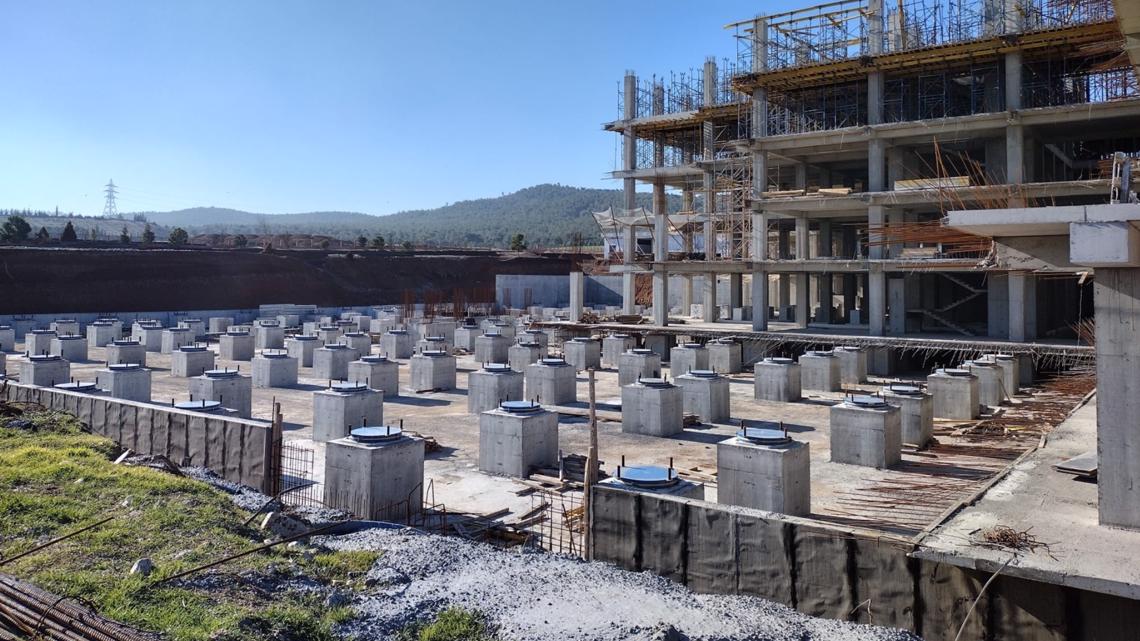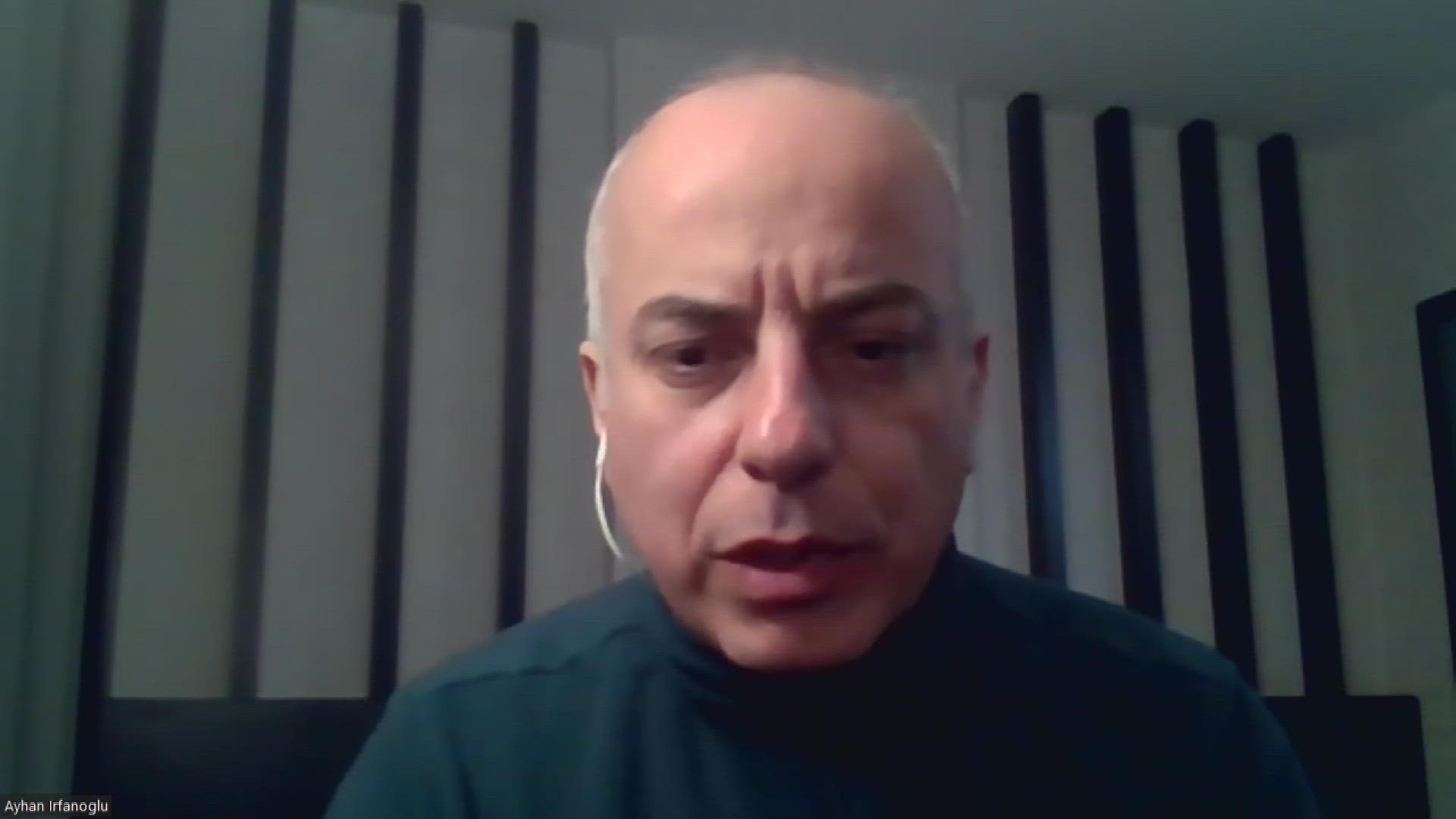INDIANAPOLIS — Devastation continues to rock Turkey and neighboring Syria.
More than 41,000 people have died from a 7.8 magnitude earthquake. As many are still missing and feared dead, others are being found alive, buried under rubble.
For Ayhan Irfanoglu, it's hard seeing much of his native country destroyed.
"We saw markings on some of those collapsed structures and it's almost like every slab they put an X, meaning they checked for and they think there's nobody alive," said Irfanoglu.
Irfanoglu is a civil engineering professor at Purdue University. He's been in Turkey with a team since Monday night to survey damage and collect data.
"This earthquake looks like it hit so many towns and so many large cities," said Irfanoglu.
The team went to Elbistan.
"It was surreal in a sense that the setting there was nobody around, it was cold and just barely light," said Irfanoglu.
They also visited the city of Kahramanmaras and looked at a hospital building under construction.
"The main hospital for the city under construction on this new technology called base isolators," said Irfanoglu. "The isolators were locked, in a sense. They were not really active. The shaking actually broke the locks."
The hospital next to it suffered non-structural damage.
"We know from these modern buildings recently built in the last few years, they perform very well," said Irfanoglu.


Irfanoglu said it's about making buildings stronger.
"We try to look at structural elements that provide resistance of the structure capacity for these structures to meet the demands of the ground motion," said Irfanoglu.
The team wants to help develop a long-term plan to help save lives from future earthquakes.
"I have seen many lucky buildings. You can't depend on luck in these kinds of things. You should do it right. Do well and avoid these kinds of unfortunate events," said Irfanoglu.
The goal is to help save lives.
"We need to do well and build properly and avoid taking these so-called risks. Again you cannot build a building in my opinion that's going to be earthquake-proof. That's not the point. The point is you minimize it. You make it such that nobody dies and it doesn't collapse. You keep the integrity of the buildings," said Irfanoglu.

